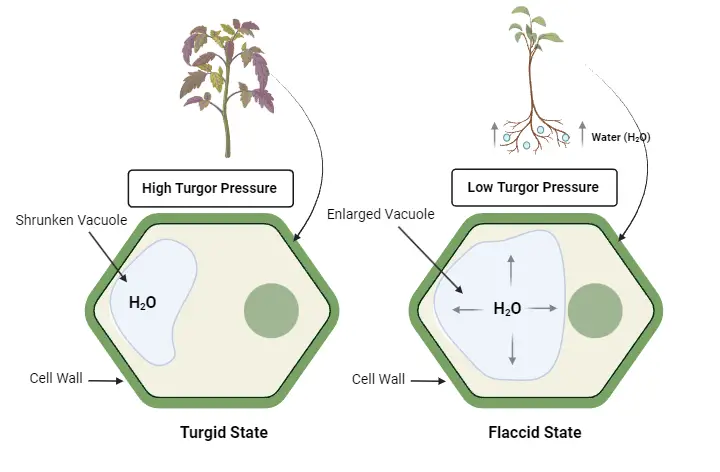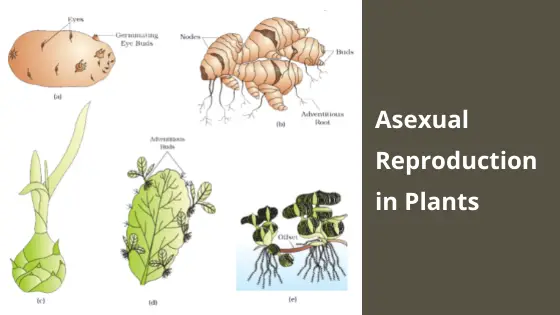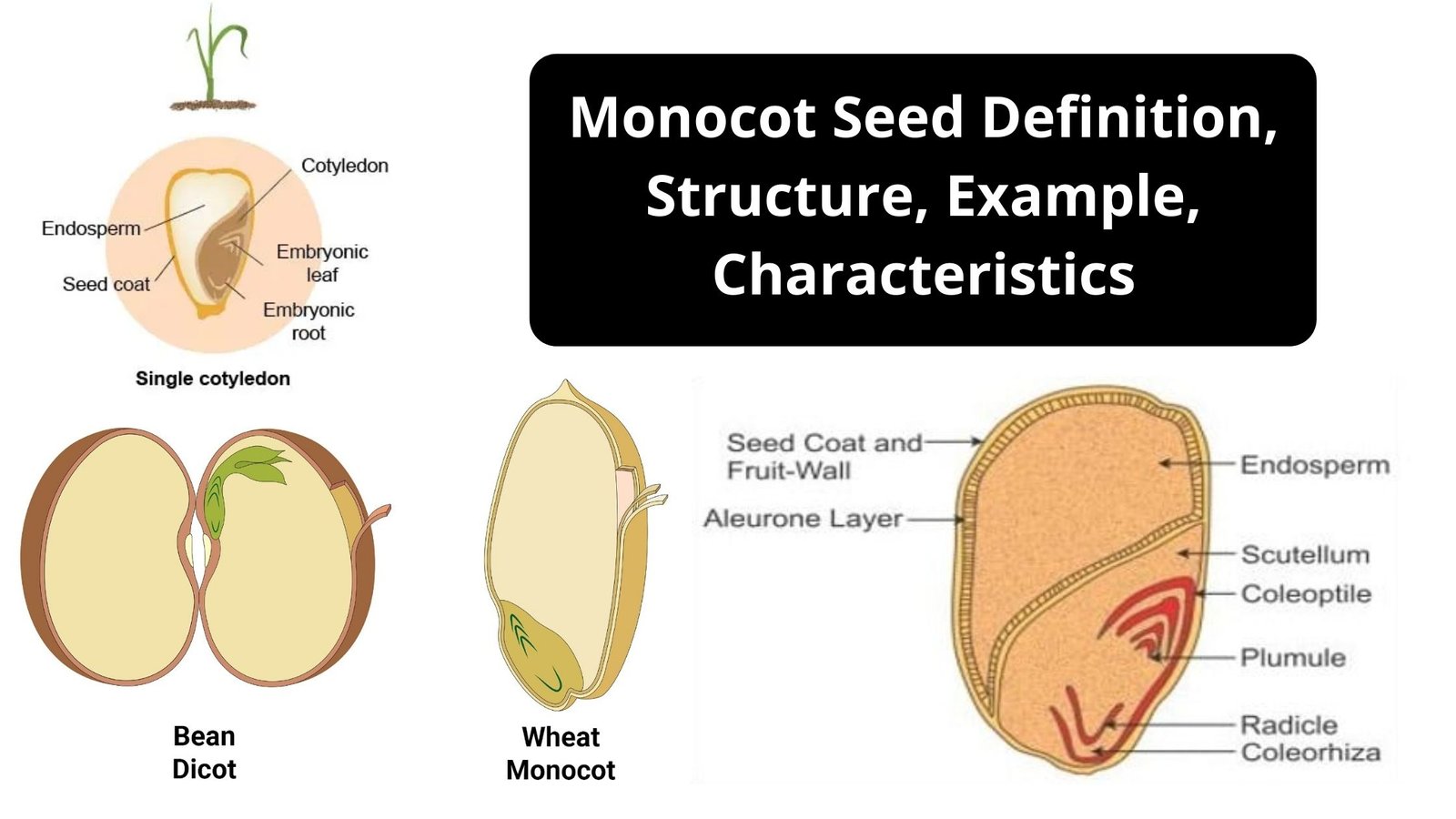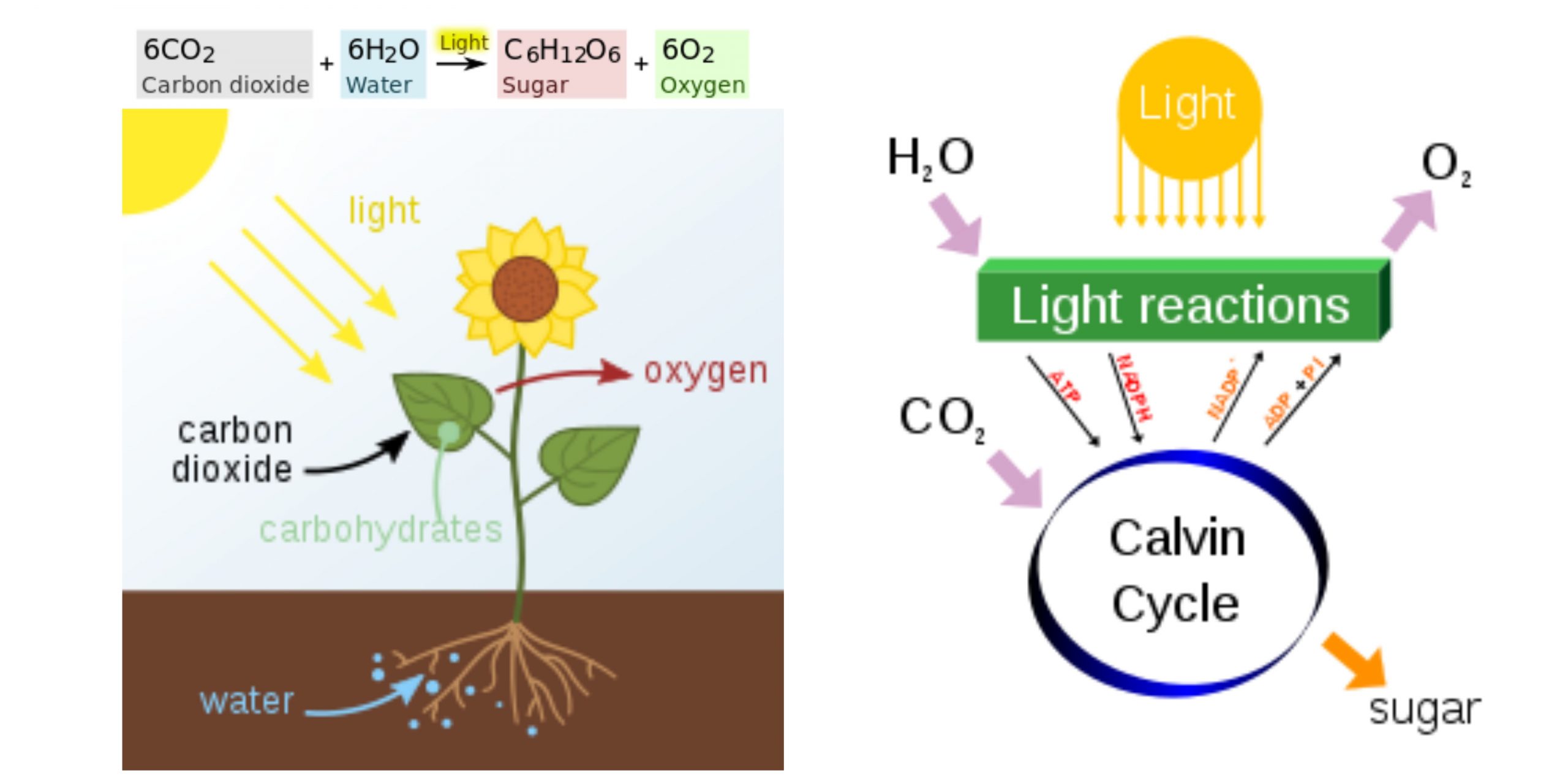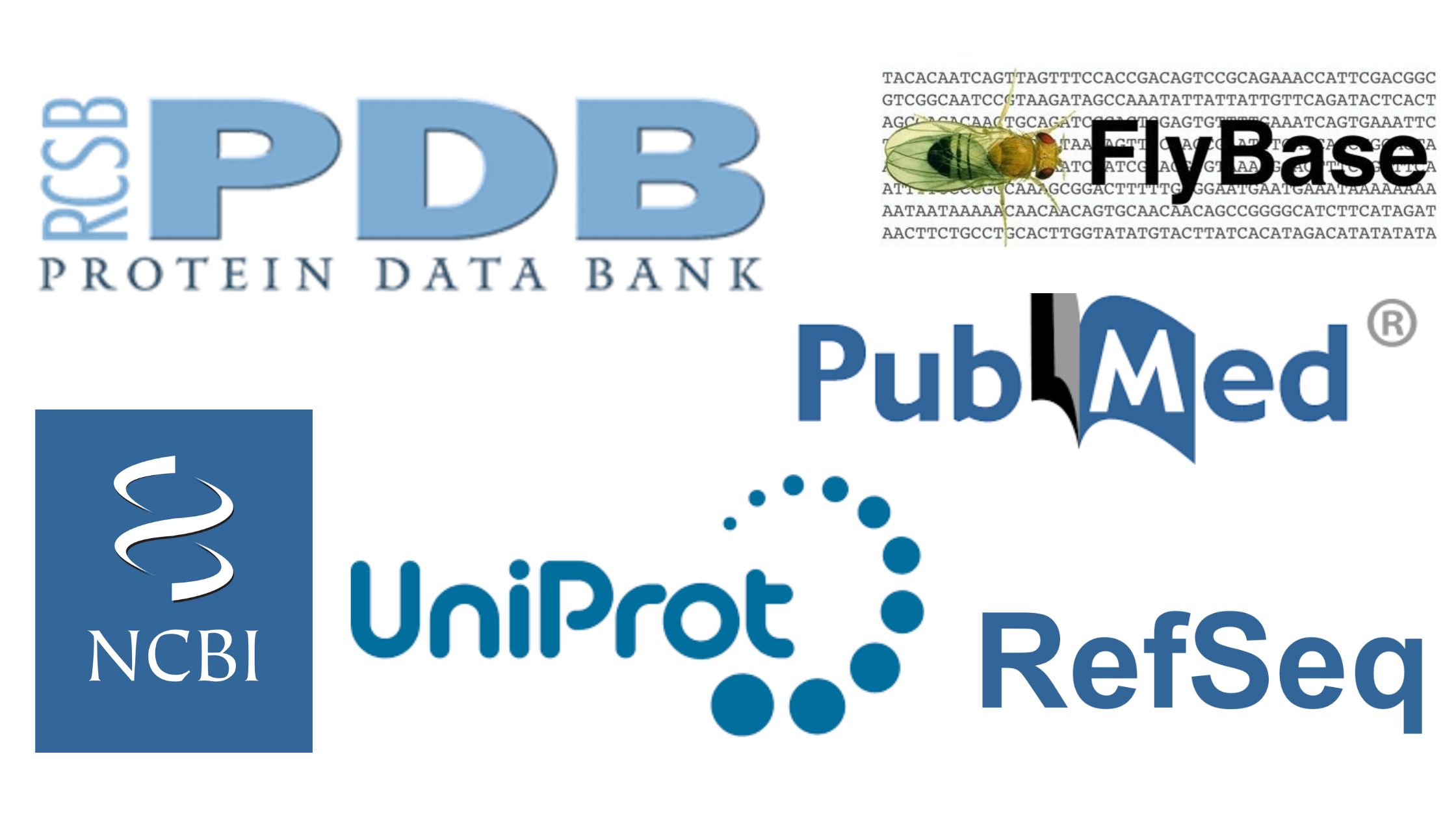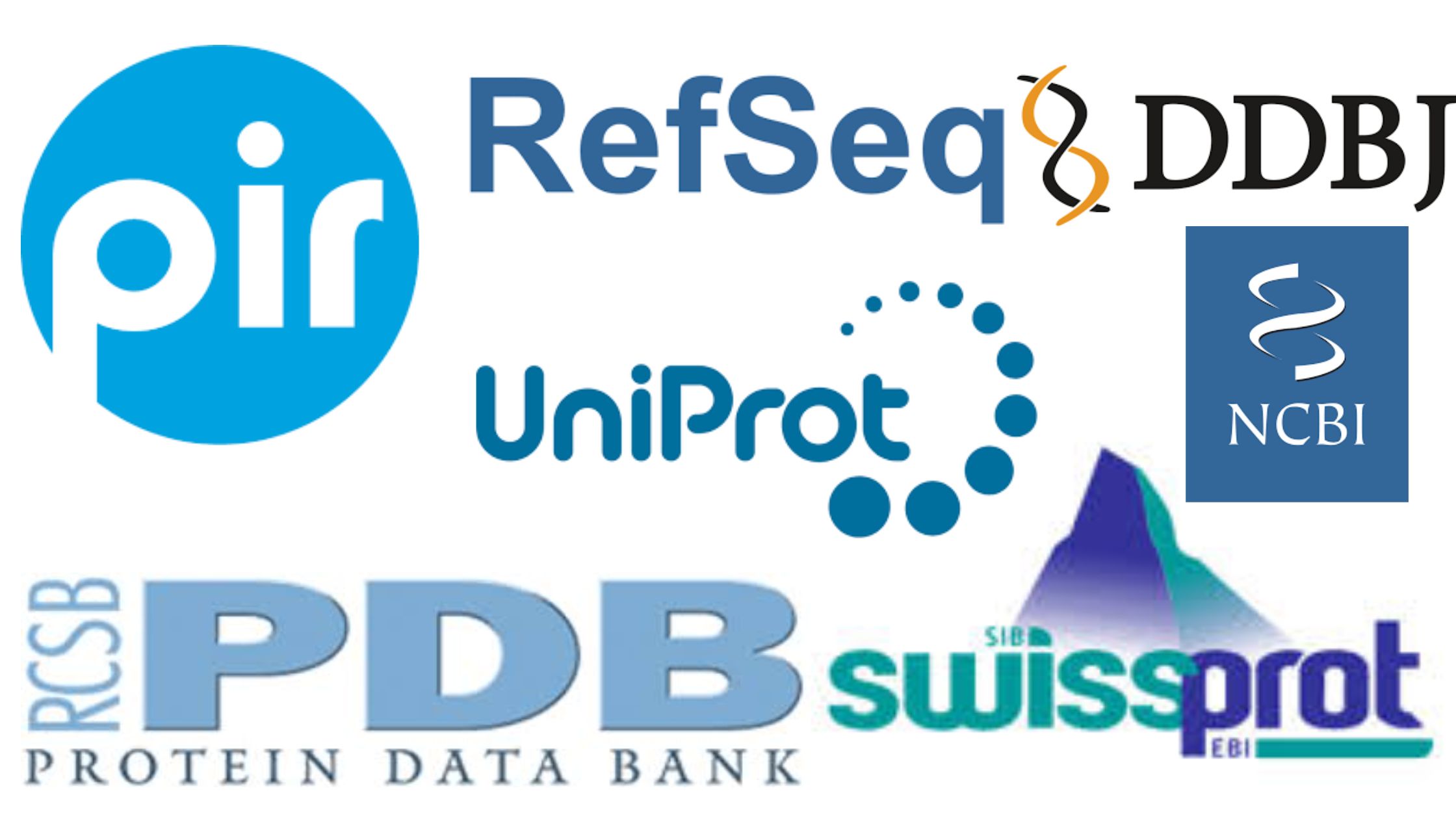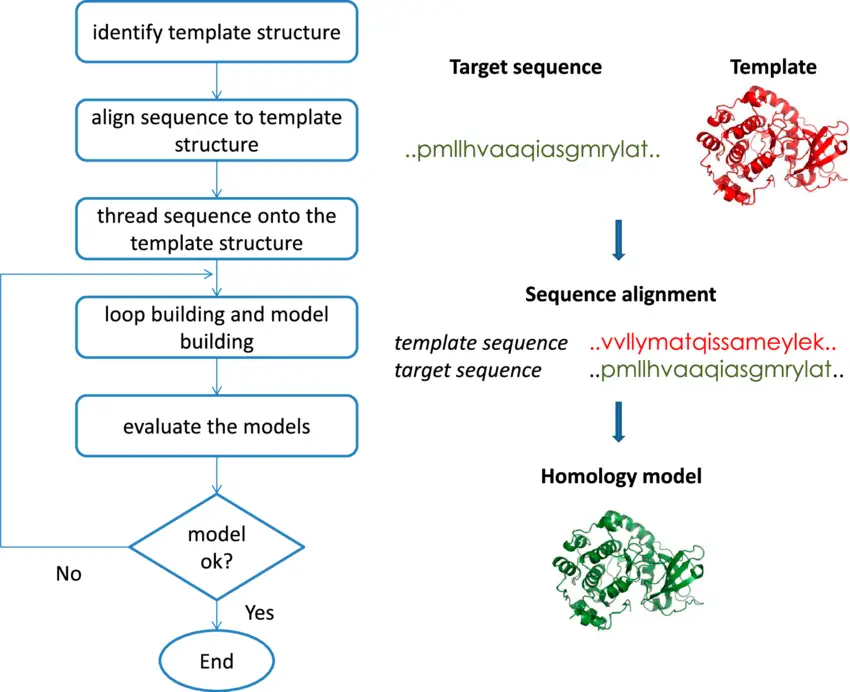Turgor Pressure – Definition, Mechanism, Functions
What is Turgor Pressure? Definition of Turgor Pressure Turgor pressure is the internal force exerted by water against a cell’s plasma membrane and its supporting cell wall, primarily observed in plants, fungi, and bacteria, resulting from the osmotic flow of water into the cell. Mechanism of Turgor Pressure Turgor pressure, a fundamental concept in cellular … Read more
